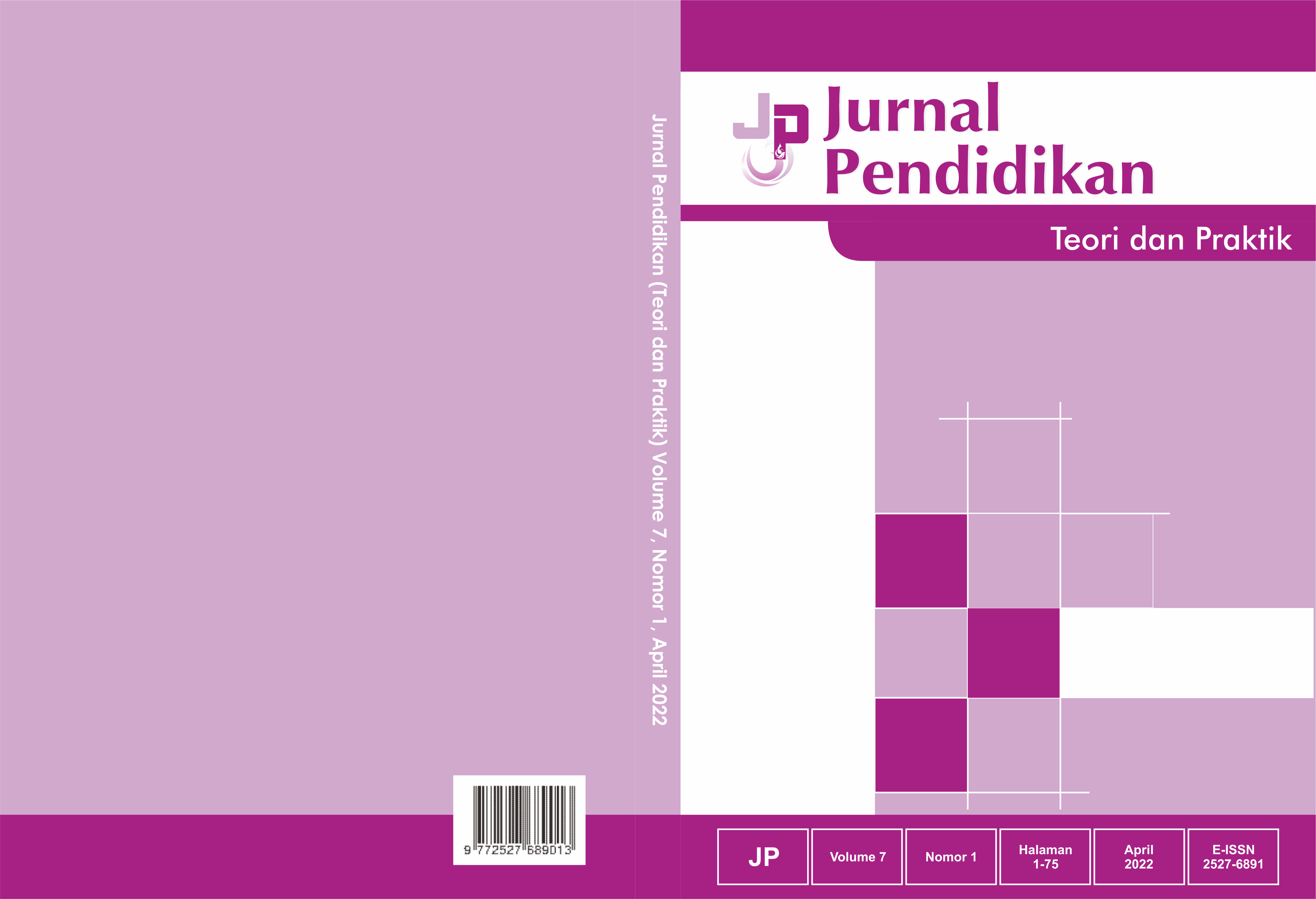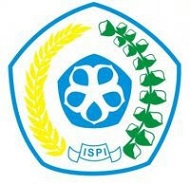THE EFFECT OF CRITICAL THINKING SKILLS & DIGITAL LITERACY ON NATIONAL INSIGHT
DOI:
https://doi.org/10.26740/jp.v8n1.p70-76Keywords:
Critical thinking, Digital literacy, National insightAbstract
This study aims to determine the effect of critical thinking skills and digital literacy on national insight. The method used in this study is a quantitative method by testing the validity and reliability. The data collection method in this study used a questionnaire distribution method to rural youth in Sidoarjo. The results of this study are the relationship between critical thinking and nationalism in Sidoarjo rural youth showing a path or original sample value of 0.594 and showing a positive relationship, the t-count value is 4.773 higher than the P value of 1.96 and lower than the Sig value of 0.004, which is less than 0.05, indicating that critical thinking has a positive value and a significant effect on the national insight of rural youth. Whereas in the relationship between digital literacy and national insight, the path value (original sample) is 0.208, reflecting a positive relationship, with a t-count value of 4.773 higher than t-table 1.96 and lower than the Sig value. 0.00 which is less than 0.05, indicating a positive and statistically significant relationship between digital literacy and national insight among young people.
References
Downloads
Published
How to Cite
Issue
Section
License

This work is licensed under a Creative Commons Attribution-ShareAlike 4.0 International License.
 Abstract views: 540
,
Abstract views: 540
, PDF Downloads: 625
PDF Downloads: 625








.png)





